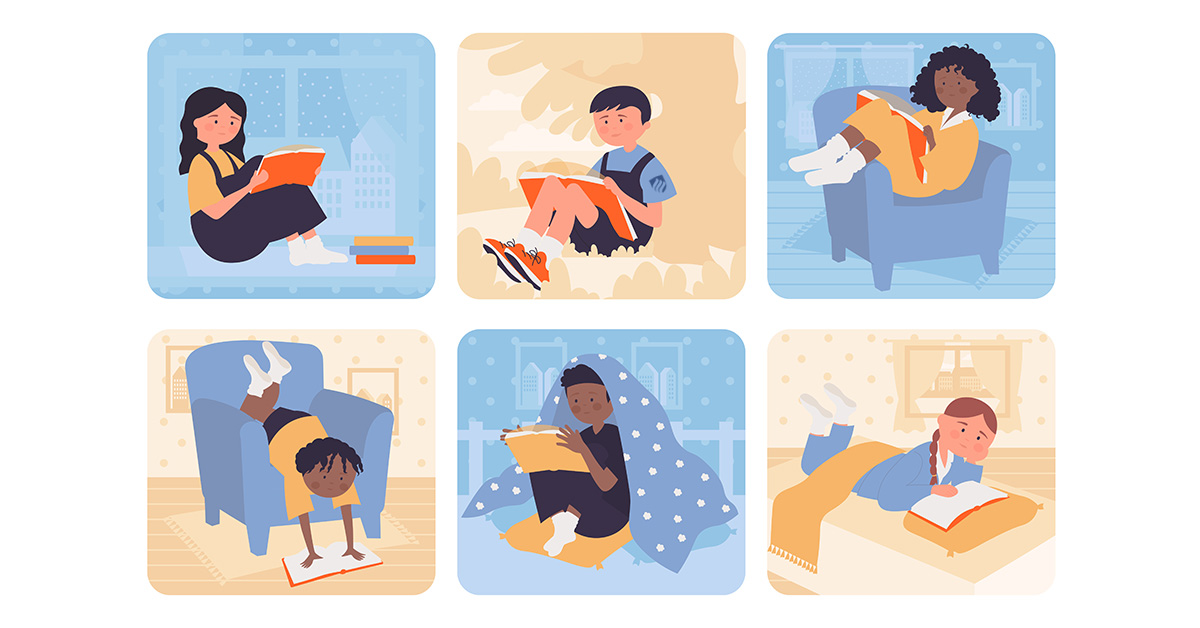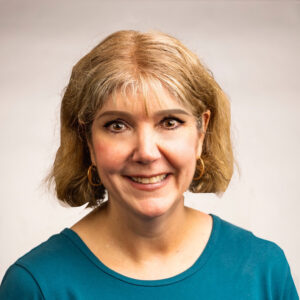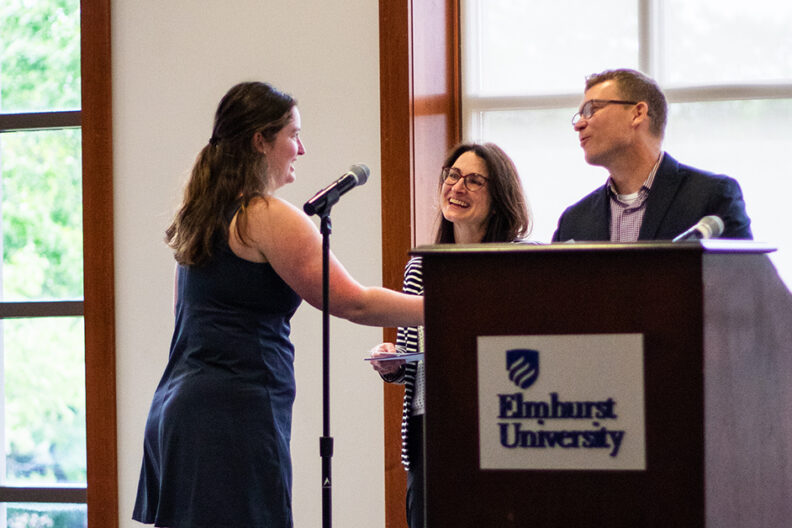The Importance of Representing Everyone in Today’s Classroom
Chalking the Line | BY DIANA BRANNON | 8 MIN READ

“The process of education itself – and its associated books and curricular materials – necessarily, and by design, transmits not only the values of society, but also whose space it is. The inclusion and exclusion of different identities send messages which can contribute to how children view their own potential and the potential of others which can then, in turn, shape subconscious defaults.”
-Anjali Adukia of the Harris School of Public Policy.
A majority of children in the United States spend their formative years in a classroom. This is where many children are exposed for the first time to the diversity of the world around them. Through their interactions with others and the curriculum, children develop a greater understanding of both themselves and others, and hopefully learning the importance of representing everyone.
Therefore, the classroom is an important place for helping children understand and value diversity such as race, religion, sexual orientation and socio-economic status. These discussions need to begin with young children, considering that researchers have found that three to five year-olds not only categorize race, but express racial bias. Children of color as young as preschool show evidence of being negatively impacted by stereotypes about their race (Hirschfeld, 2008).
Children’s Literature as a Conduit to a Worldview
Children’s books are some of the most powerful tools in the classroom that can be used to positively shape students’ attitudes. However, to do this, our classrooms need to be filled with books that reflect the world our students live in, which will allow them to learn, grow and appreciate the diversity that exists around them. Children also need to be able to see themselves, their lives, their families and their communities positively represented in the books that they read.
Historically, the world depicted in children’s literature has predominantly focused on portraying American families as being White, upper middle class, English-speaking, and able-bodied, led by heterosexual, happily married parents. This message is limited in scope and clearly excludes children and families who fall outside of this cultural identity.
As educators, we need to counter this narrative and embrace children’s literature that accurately portrays the diversity of the people, cultures and experiences represented in our classrooms.
Reality Check
Today, many children are living in single-parent households as divorce, remarriage and cohabitation are all on the rise. Four out of every ten babies born are to single women or women living with non-marital partners (Pew Research Center, 2023). The number of children living in poverty continues to rise, and the number of children growing up in LGBTQ+ families has increased dramatically over the past few years (Carone et al., 2021).
Furthermore, over half of public school students come from families of color, many of whom do not speak English in the home. These are just a few of the realities about the lives of America’s children that need to be reflected in children’s literature.
Children need literature in their classrooms to provide mirrors, windows and sliding glass doors (Bishop, 1990). Mirror literature reflects students’ lives and cultures. Providing children’s literature in the classroom that reflects students affirms their cultures and experiences, helps them understand that their stories matter, shows them positive examples of what they can be and celebrates the importance of their cultural heritage.
Literature as a Window
Literature that allows students to gain a view into the lives, cultures and experiences of people that they identify as different than themselves provides a “window” into another part of their world.
Window books can help foster positive intercultural experiences, increase empathy towards others, reduce prejudice and provide a platform for underrepresented voices and experiences to be celebrated. These windows help children get a glimpse of other cultures and build an understanding and appreciation for other ways of life in order to develop a multidimensional understanding of others (Yoo-Lee et al., 2014).
Children’s understanding of the world should also be facilitated by utilizing diverse literature that acts as “sliding glass doors” allowing students to meaningfully connect with lives, cultures and experiences other than their own (Bishop, 1990). These opportunities for learning can help children become more open-minded, inclusive in their worldview and confront ideas related to equity and social justice (Riley, 2016). Unfortunately, children’s literature has historically done a poor job reflecting the diversity of our country.
Progress in Literature: A Timeline
In 2014, several events helped to spotlight issues of inequity regarding children’s and young adult literature. Author Ellen Oh and 21 other children’s book authors and professionals in the publishing industry began a social media awareness campaign called #WeNeedDiverseBooks in reaction to the announcement of an all-white, all-male panel being held at a major book publishing event.
This event, in addition to authors Walter Dean Myers and Christopher Myers writing columns for the New York Times discussing the “apartheid of literature” helped to positively impact the number of books reflecting diverse cultures being published. The National Council of Teachers of English (NCTE) also released a position statement in 2015 as a call to action highlighting issues of inequity regarding representation in children’s and young adult literature. It stated:
The absence of human, cultural, linguistic, and family diversity in children’s and young adult literature attests to the growing disparity and inequity in the publishing history in the United States. Stories matter. Lived experiences across human cultures including realities about appearance, behavior, economic circumstance, gender, national origin, social class, spiritual belief, weight, life, and thought matter (2015).
As a result of these events, between 2014 and 2018, the Cooperative Children’s Book Center (CCBC), a research library that annually documents books by or about Black, Indigenous and People of Color (BIPOC) reported books about Black and Indigenous people almost doubled. At the same time, books about Asian Americans and Latinos/Latinas showed an even larger increase, tripling in number in four years. Although the news seemed encouraging, a closer inspection still reflected causes for concern.
For example, even though representations of Latinos/Latinas tripled, the CCBC reported that they still only represented 6.8 percent of children’s books that year. It was found also that part of the increase in books credited for featuring Black characters where actually brown-skinned characters who represented ambiguous ethnicities and promoted stereotypes rather than cultural appreciation or awareness. Also, diversity other than culture was not measured by the CCBC until 2018, when they began documenting representations of disability, sexual orientation and religion.
The broadening of the study of diversity in children’s literature is important as it has helped shed a light on the underrepresentation of many other children and families by increasing representation of LGBTQ+ children, children with disabilities and children of various faiths. This can help normalize these stories, increase acceptance and decrease the feelings of “otherness” children often experience.
The most recent report by the Cooperative Children’s Book Center (CCBC) reported that 46 percent of the books documented had significant BIPOC content, and 39 percent had at least one BIPOC main character. Although these results are encouraging, we still have a long way to go.
A study on the representation in images and text of children’s books just published by the Harris School of Public Policy found children of color are depicted with lighter skin than adults of the same race, female characters are more often represented in images than in text, and there continues to be an underrepresentation of the Black and Latinx community with a “vast majority” of people written about in Newbery and Caldecott-winning books being White (Adukia et al., 2023).
What’s Next?
So where do we go from here? How do we ensure educators understand the importance of representing everyone, and that is portrayed to the students? Dr. Rudine Sims Bishop put it best when she said “We need diverse books because all our children deserve to know that they have a voice in the choir that sings the song of America” (Bishop, 2016). She wrote this more than twenty-five years after her ground-breaking essay, “Mirrors, Windows, and Sliding Glass Doors”. She continued “When diversity is absent from the literature we share with children, those who are left out infer that they are undervalued in our society, and those whose lives are constantly reflected gain a false sense of their own importance” (Bishop, 2016).
Elmhurst University’s School of Education has many professors like Dr. Brannon who are passionate about topics like diversity in literature. To learn more about our programs, fill out the information below.



